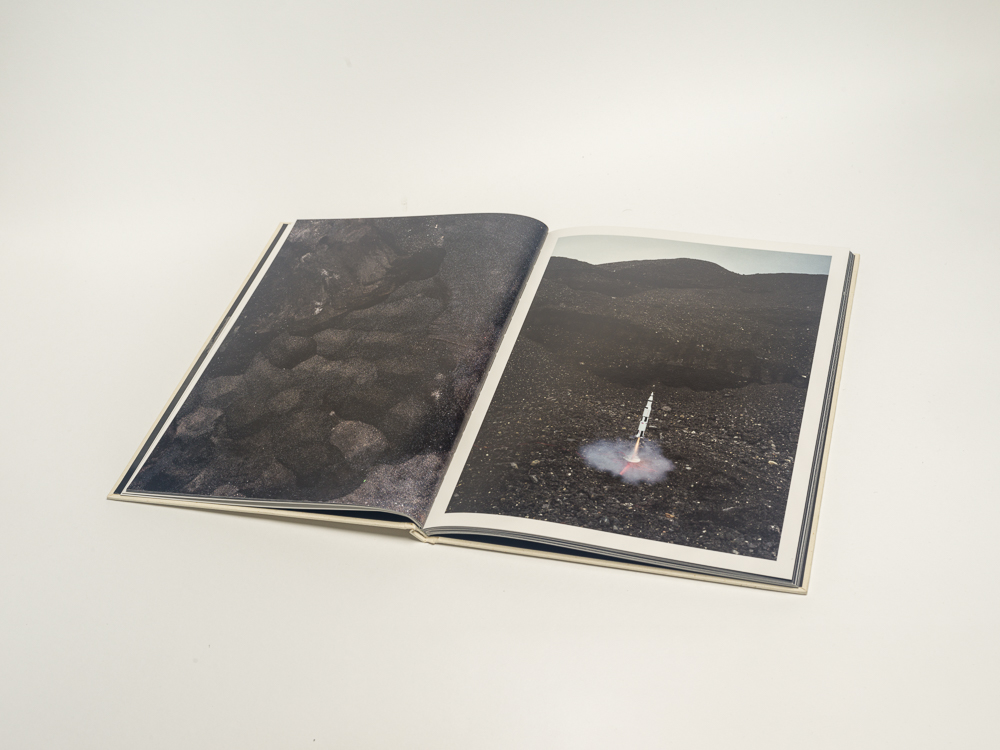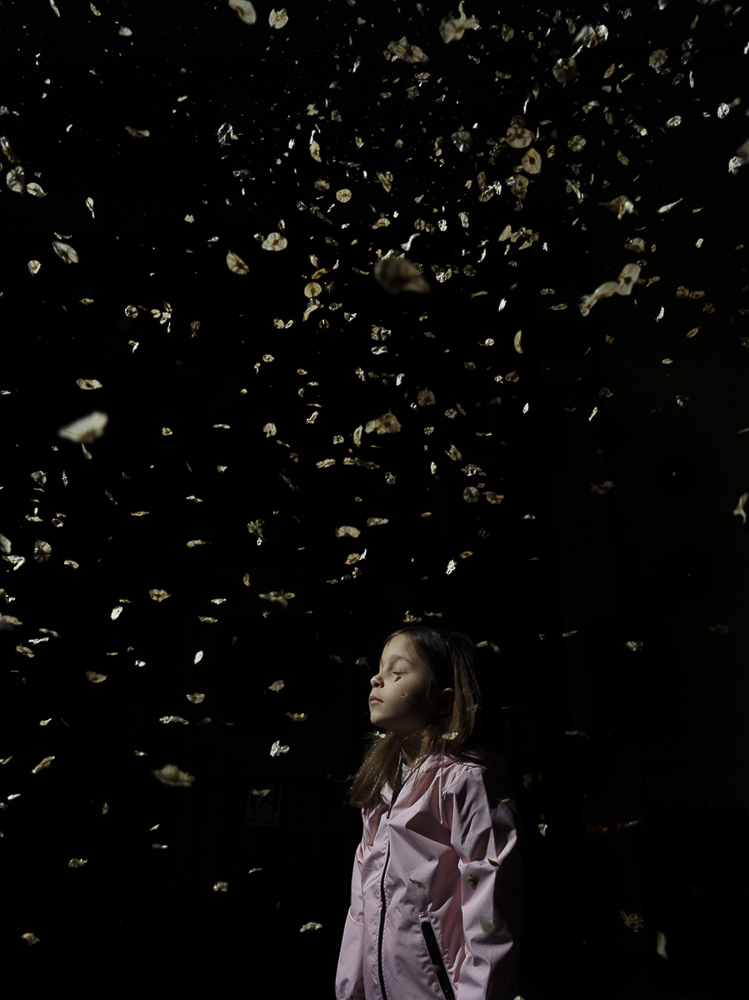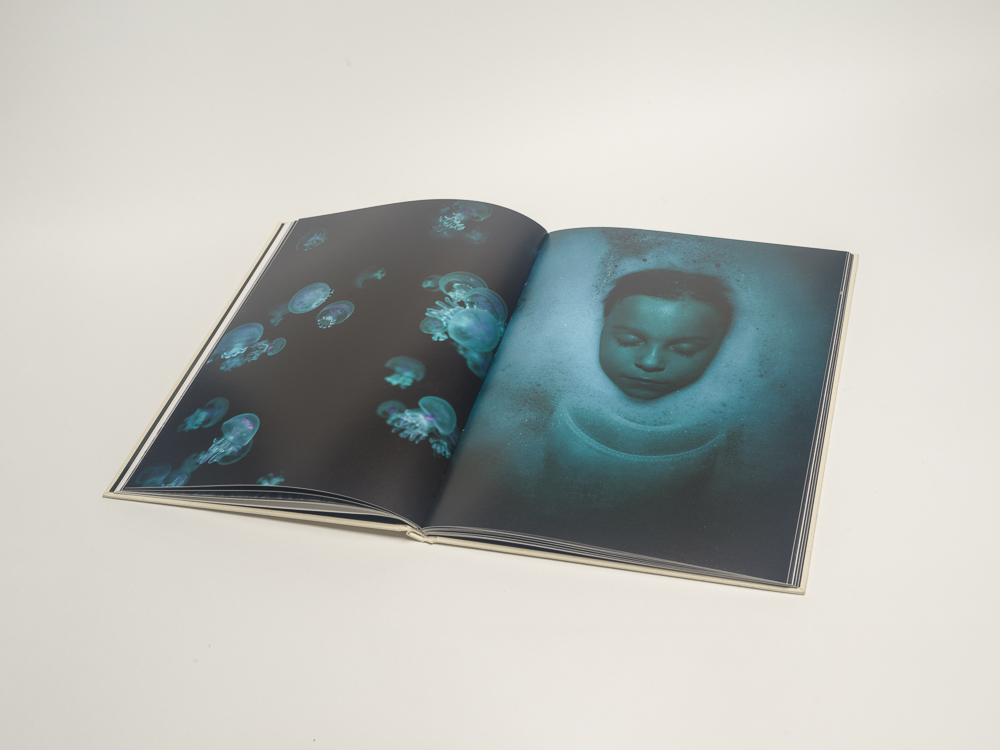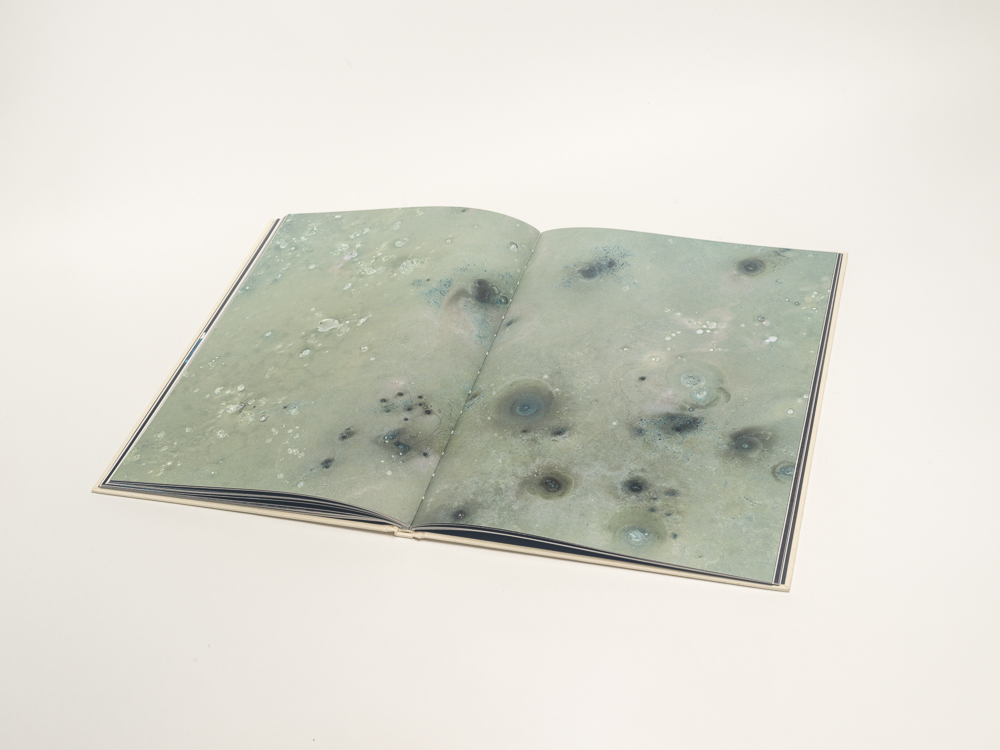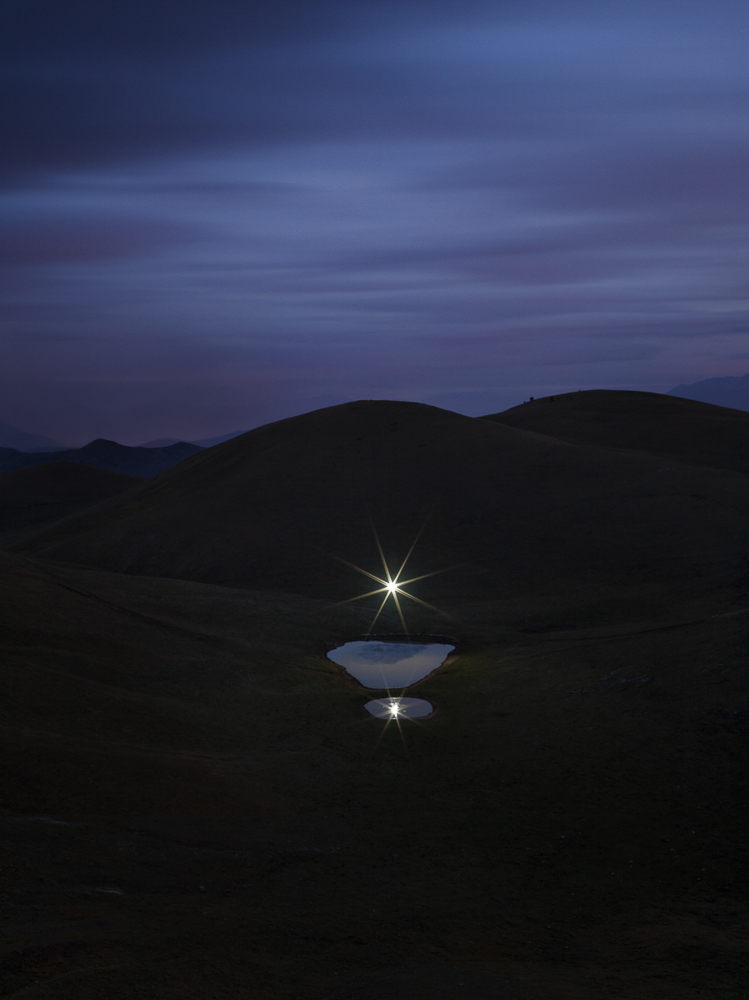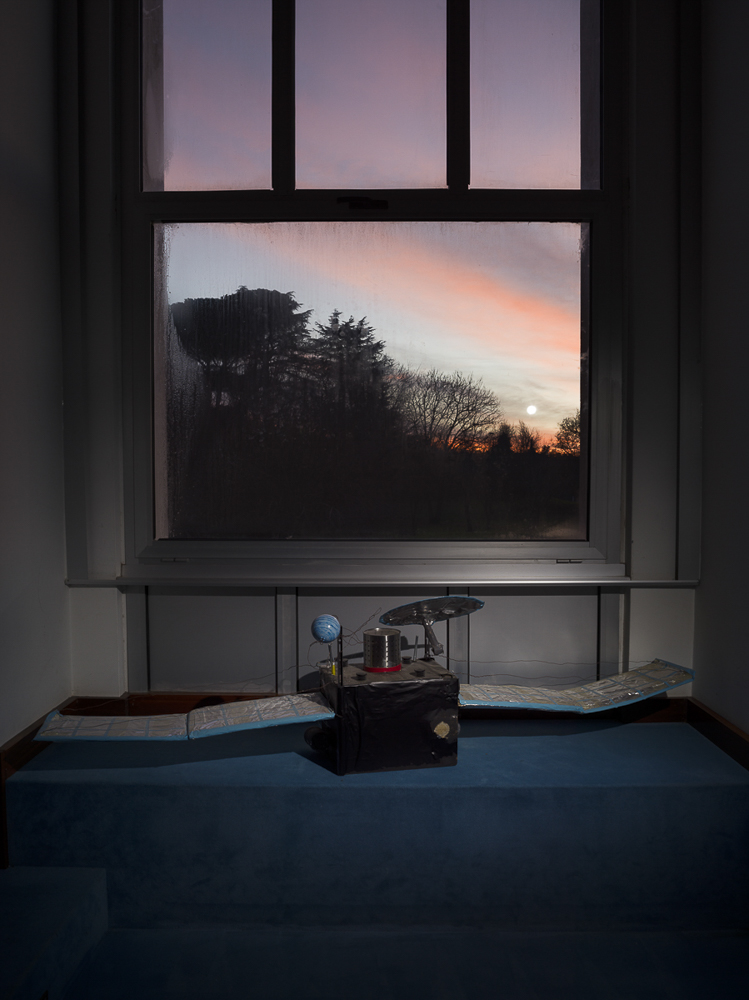Mirko Viglino: Map to the Star
When you picture outer space, what comes to mind? A vast, dark expanse of stars? Perhaps you think of planets orbiting or a large black hole drawing in everything around it. The idea of space brings forth feelings of the unknown. The concept of the unknown is what Mirko Viglino explores in his newest book, Map to the Star.
Through the use of constructed realities, Viglino creates scenes based on space as a way to connect with his daughter. A deeply powerful and inspiring book, Map to the Star, reveals a father trying to build a relationship with his young daughter using their shared interest in the unknowns of space. Bringing their imaginations to life in this book, Viglino and his daughter find a way not only to grow their relationship but also to conquer the unknowns in their lives.
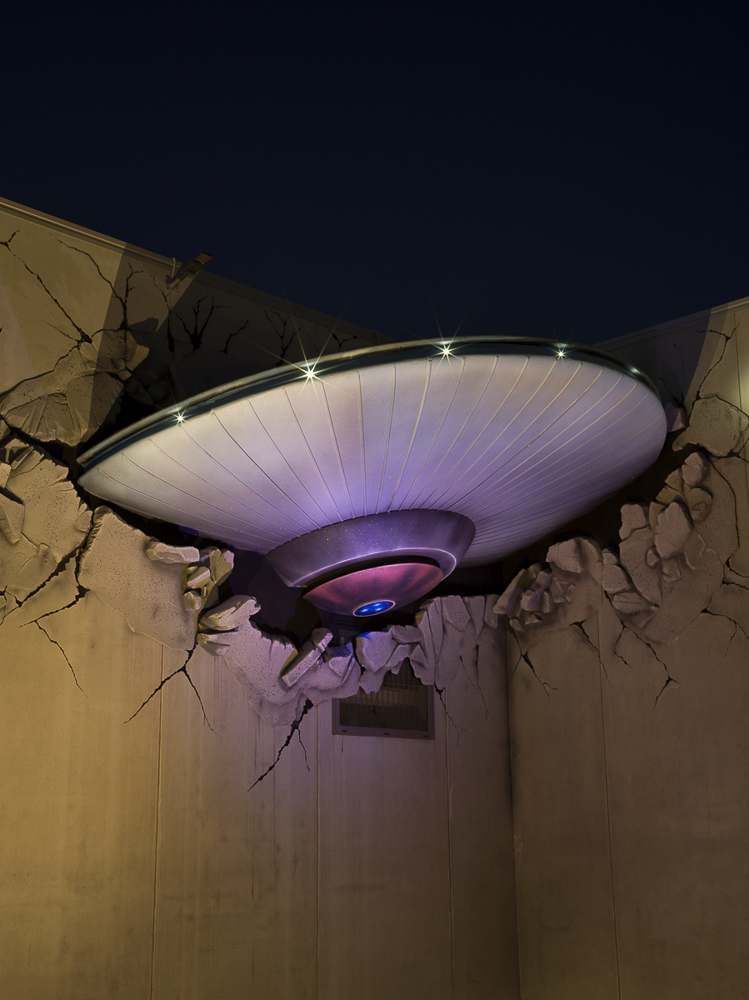
©Mirko Viglino, Map to the Star
Mirko Viglino (b.1980 Rome) is a documentary photographer based in Rome. He has a background as commercial pilot and air traffic controller. He graduated at ISFCI Photojournalism School and received the WSP masterclass scholarship. His works has been published and exhibited across Europe, USA and Asia and won several international awards. He has been represented by the Dorothy Circus Gallery and he has received the National Geographic Emergency Fund Grant in 2020. His work is focused on extraordinary beliefs, cold cases, and personal stories. His storytelling mixes traditional documentary photography, cinematic lightning techniques, and investigative journalism.
Follow Mirko Viglino on Instagram: @mirkoviglino.eth
Map to the Star
There are 4 million divorced fathers in Italy, many of whom struggle to spend time with their children. I am one of them. When my daughter, Anita, left our home with her mother, she was 4 months old. The judge ruled that I could spend time with her twice a week (three hours per day) and a full evening every two weeks. It’s a common ruling in Italian custody jurisdiction, especially when children are so young. Soon after the divorce, I realized that I wasn’t truly her father yet. Being a father is something in becoming. Because she didn’t see me everyday, she didn’t understand who I am. I never missed a day with her, no matter what, but the time we spent together was never enough. I worried about being replaced. I felt like I was loosing her.
During the past six and half years, I drove nearly 400 thousands kilometers to be able to spend time with my daughter, and Anita was with me for half of that journey. In that time, covering those kilometers, we could have traveled to the moon. Space travel became a metaphor to tell our story. Space is the most inhospitable environment known to humans, seen from the safety of Earth’s surface, millions of people share the passion for space travel, including me and Anita. We spent countless hours staring at the night sky, studying the solar system or assembling rockets and satellite models.
I feel she has a lot of unanswered questions. I don’t have all the answers. Building our relationship has been a journey into the unknown, seeking a safe place where we could connect to one another. A place where I could fit in my father’s clothes and she could see me as her dad. – Mirko Viglino
The book has been printed in 200 copies, 100 of which are the limited edition numbered from 1 to 100. The book can be purchased HERE.
The publisher, Il randagio edizioni, is a small independent Italian publisher who’s getting more interested in publishing photo books after being focused on classic books and essays.
The limited edition comes in a package similar to the ones used for space food, it includes a poster of Anita’s space travel belongings and a fine art print signed in edition of 100, the book is also signed by Anita.
55 copies of the limited edition are reserved to the NFT collection holders “Map to the Star”, 30 copies will be on sale via my social channels as my intention is to sell the copies using a token burn/redeem system. There is a discord for the purpose.
Kassandra Eller: To begin, I want to thank you for taking the time to discuss your book with me. I am curious how your photographic journey began. What made you choose to pursue photography and photojournalism?
Mirko Viglino: I want to thank you too, it is a pleasure! I’ve always been fascinated by documentary practice, I am a very curious person and I spend many hours watching every kind of documentary movie, one day I just stopped watching this stuff on TV, grabbed a camera and off I went. The very first story I was involved in was about ghost hunters, I found out pretty soon that photography, to me, is just an excuse to put myself into experiences that I would never come across instead.
KE: I see you have a background as a commercial pilot and air traffic controller. Have you found that your background in the transportation field informs your artistic practice?
MV: My studies influenced me in both good and bad ways. My technical background helped me to discover stories that had something related to technologies and to understand them to the fullest, on the other side I felt like my visual and personal approach was too technical, it took a while to get rid of it. I tried to change everything by reading a lot of books about anthropology and sociology. I am definitely still developing my humanistic side.
KE: You have made very deliberate choices both in how you photograph and compose the images and also in the placement of the images in your book. How did you go about sequencing and composing these images?
MV: The project changed a lot since the very beginning, using the space travel as a metaphor helped me to visually translate those kind of feeling that you can’t actually see. I tried to look through my daughter’s eyes, through the eyes of a young girl who doesn’t fully understand what is going on. Many choices I made were done to produce a sense of displacement, wandering, and the feeling of the unknown. The editing was made along with my mentor, Giovanni Cocco. We wanted to mix pictures who’s meaning is pretty evident with pictures who’s link to space is subtle in order to strengthen the idea of a trip, where you will find the unexpected.
KE: Since Map to the Star is such a personal project between you and your daughter, I am curious to know how much of a role she played in this project. Did she help you compose these images or was she simply a willing participant in your image-making process?
MV: I started taking pictures for this project when she was almost 6 years old. In the very beginning I only tried to turn everyday life into something that could remind us of a space travel. She wasn’t really aware about what I was doing. In the past 2 years I’ve started talking with her about this idea and the role she would have played, the astronaut. She was far more interested in understanding my motive, she usually asked me, for example, why would I take a picture of her in the bathtub but she also came up with some ideas that I included in the book.
KE: This book switches between scenes of childhood imagination and real-life imagery of space and space travel. Would you elaborate on the dichotomy of the idea of space we have as children vs. reality?
MV: I’ve been talking extensively about space with my daughter. I can say that she studied and learned a lot of stuff about it and her childhood perception of space is pretty accurate, however she had some ideas that really amazed me and reminded me of my own childhood. Black holes are at the top of her interests, the idea that time can slow down until a point where it just stops is complicated and amazing at the same time, even distances and size of galaxies were something hard to understand.
Understanding space is not easy. I still have difficulties, especially when it comes to physics events that I will never experience in real life. I guess this inexplicable nature of deep space is something that remains and keeps up our interest since childhood. We will never have all the answers and this is something that opens up to personal interpretation. As an adult, just like a child, the biggest difference is that we have a different point of view shaped by our knowledge.
KE: You mention in your statement that space travel is a passion that you share with your daughter. You also mention that space is the most inhospitable environment we know of. Would you like to elaborate on the importance of space and the unknown to the relationship between you and your daughter?
MV: Space and unknown have been keys to establish a connection to my daughter. When she was too young I didn’t have any way to interact with her in a deep way, however by the age of 4 she showed a deep sense of curiosity. I noticed she wanted to know more and more about science related stuff. She was and still is always looking for adventures, be it a story told or a hike in the woods. That interests of her really helped us in sharing something,
KE: Map to the Star is an emotionally powerful narrative discussing the relationships between a father and daughter. I myself have a difficult relationship with my father that I find hard to discuss. I wonder if you have a hard time creating this work because of the personal implications this project hints at. Has Map to the Star been a journey of healing for you and your daughter?
MV: I’ve been thinking a lot about making a project about our condition, however I wasn’t able to find a way while I was still in trouble. The first years were difficult and I didn’t want to look at the whole thing as a project. I started working on this as soon as I felt okay, so the work just looks back at what we have been through, analyzing it from the end line. Today I feel like I am her father, actually she looks at me like a daughter looks to a father.
KE: To conclude, what is next for you? Is there anything you are currently working on?
MV: I am producing a long term documentary project about a southern Italian region, Calabria. My intention is to create a dichotomy between the amazing mixed culture, landscapes and tradition to the most feared mafia organization in the world, the ‘Ndrangheta. The visual approach is inspired by the book “Liber Figurarum”, a manuscript by Gioacchino da Fiore produced around 1202 A.C.
Posts on Lenscratch may not be reproduced without the permission of the Lenscratch staff and the photographer.
Recommended
-
Salua Ares: Absense as FormNovember 29th, 2025
-
Ricardo Miguel Hernández: When the memory turns to dust and Beyond PainNovember 28th, 2025
-
Pamela Landau Connolly: Columbus DriveNovember 26th, 2025
-
KELIY ANDERSON-STALEY: Wilderness No longer at the Edge of ThingsNovember 19th, 2025
-
Jackie Mulder: Thought TrailsNovember 18th, 2025

